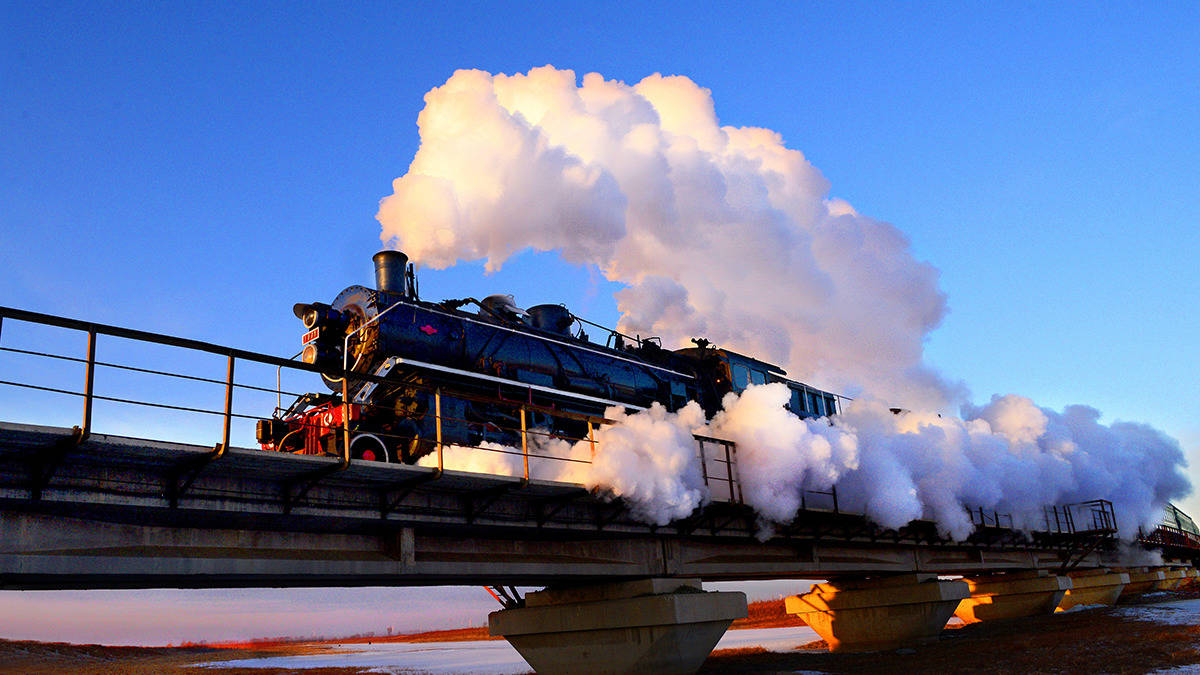Monsters of Rock: Fortescue banks on green shift with electric locos and South32 joins Alcoa in smelter restart

Pic: Getty
ESG has become a dominant theme in the corridors of global mining powerhouses, accusations of greenwashing aside.
Some of the most widely traded stocks on the ASX Iron ore miners have been forced to become extremely introspective due to the enormous impact of their industry on the environment.
Steel, produced substantially from iron ore mined in the Pilbara, is a contributor to 7% of annual global carbon emissions.
It is a fact that has seen investors pressure BHP (ASX:BHP), Rio Tinto (ASX:RIO) and Fortescue Metals Group (ASX:FMG) among others to announce large carbon emissions reduction plans, alter their portfolios to reduce fossil fuel exposure and seek out high grade sources of iron ore suited to lower emissions steelmaking.
FMG has taken on the task with the most gusto, with its chairman Andrew Forrest quickly becoming the unofficial spokesperson for Australia’s green hydrogen industry.
The company has bold plans to become a producer of 15Mtpa of renewable hydrogen for heavy industries including its own operations by 2030, the same year it plans to hit carbon neutrality from its iron ore mines.
While Twiggy has thrown in with hydrogen, FMG’s Fortescue Future Industries arm — funded with a 10% share of the iron ore miner’s profits — is focusing on battery electric technologies as well.
The business said today two 8-axle battery electric locos with an energy capacity of 14.5MWh will be delivered will be constructed by Caterpillar’s Progress Rail in Sete Lagoas, Brazil.
The first delivery of the locos, which will transport its iron ore to port in the Pilbara, is expected in 2023 (which is, FYI, next year).
“The purchase of these new battery powered locomotives marks an important milestone in the decarbonisation of Fortescue’s locomotive fleet and demonstrates our commitment to achieving carbon neutrality for Scope 1 and 2 emissions by 2030, as we diversify from a pure play iron ore producer to a green renewables and resources company,” outgoing FMG boss Elizabeth Gaines said.
“The new locomotives will cut our emissions while also reducing our fuel costs and our overall operational expense through lower maintenance spend.
“The acquisition builds on the work being carried out by Fortescue Future Industries’ Green Team in Hazelmere to deliver locomotives operating solely on green ammonia and other green renewable fuels and technologies.”
Rio Tinto has committed to spend US$7.5 billion by 2030 to reduce its Scope 1 and 2 greenhouse gas emissions by 50%, including plans to install as much as 1GW of renewable capacity at its iron ore operations in the Pilbara.
BHP, meanwhile, has focused heavily on its nickel and copper businesses, two metals used heavily in electric vehicle production, and has been trialling Toyota EVs at its Nickel West operations.
Fortescue Metals Group share price today:
South32 restarting Brazilian smelter
Also turning to renewable power is BHP spinoff South32 (ASX:S32), which is restarting its Alumar aluminium smelter in Brazil with Alcoa.
It is a good time to be getting back into aluminium. The commodity has seen a string of price rises over the past 12 months as power shortages have crimped production of the energy hungry metal in Asia and Europe.
The project has been on care and maintenance since 2015, but will be revived with a US$70m investment with first production in the June 2022 quarter and all three potlines to come online with a total 447,000tpa of capacity by March 2023.
“We are excited to participate in the restart of the Alumar smelter using 100% renewable power. With the smelter benefitting from existing infrastructure, access to our own supply of alumina and long-term green energy sources, we expect our investment to deliver strong returns through the cycle,” S32 CEO Graham Kerr said.
“We see strong long-term market fundamentals for aluminium. By investing along our existing alumina-aluminium value chain with the smelter’s restart and the expected increase to our shareholding in Mozal Aluminium, we are further integrating our business and meaningfully increasing our share of metal produced utilising green energy.
“With this decision we continue to make substantial progress in reshaping our portfolio, increasing our exposure to the base metals required for the critical transition to a low carbon future.”
South32, which runs the Worsley alumina business in WA as well as the Mozal and Hillside smelters in southern Africa, owns 40% of Alumar and will lift its total aluminium production profile by 16% or 179,000t to 1.27Mt once it is in full swing.
On the ASX Materials was the best of a bad bunch with the index’s 1.45% loss the least of all 11 sectors as the ASX 200 tumbled 2.74%, the Aussie market’s worst performance in 16 months.
BHP and Rio were the only large caps on the bourse to stay green. Uranium stocks Paladin Energy (ASX:PDN) and Energy Resources of Australia (ASX:ERA) were standouts in the mid cap space as uranium received a bump.
Unrest in Kazakhstan spurred a price rise in recent days, given its market leader status as producer of 40% of the world’s yellowcake.
Cameco spokesperson Jeff Hryhoriw told S&P Global in a statement “any disruption in Kazakhstan could, of course, be a significant catalyst in the uranium market.”
The company partners with Kazakhstan’s Kazatomprom in the large Inkai mine in the central Asian country.
Monsters share price today:

UNLOCK INSIGHTS
Discover the untold stories of emerging ASX stocks.
Daily news and expert analysis, it's free to subscribe.
By proceeding, you confirm you understand that we handle personal information in accordance with our Privacy Policy.








